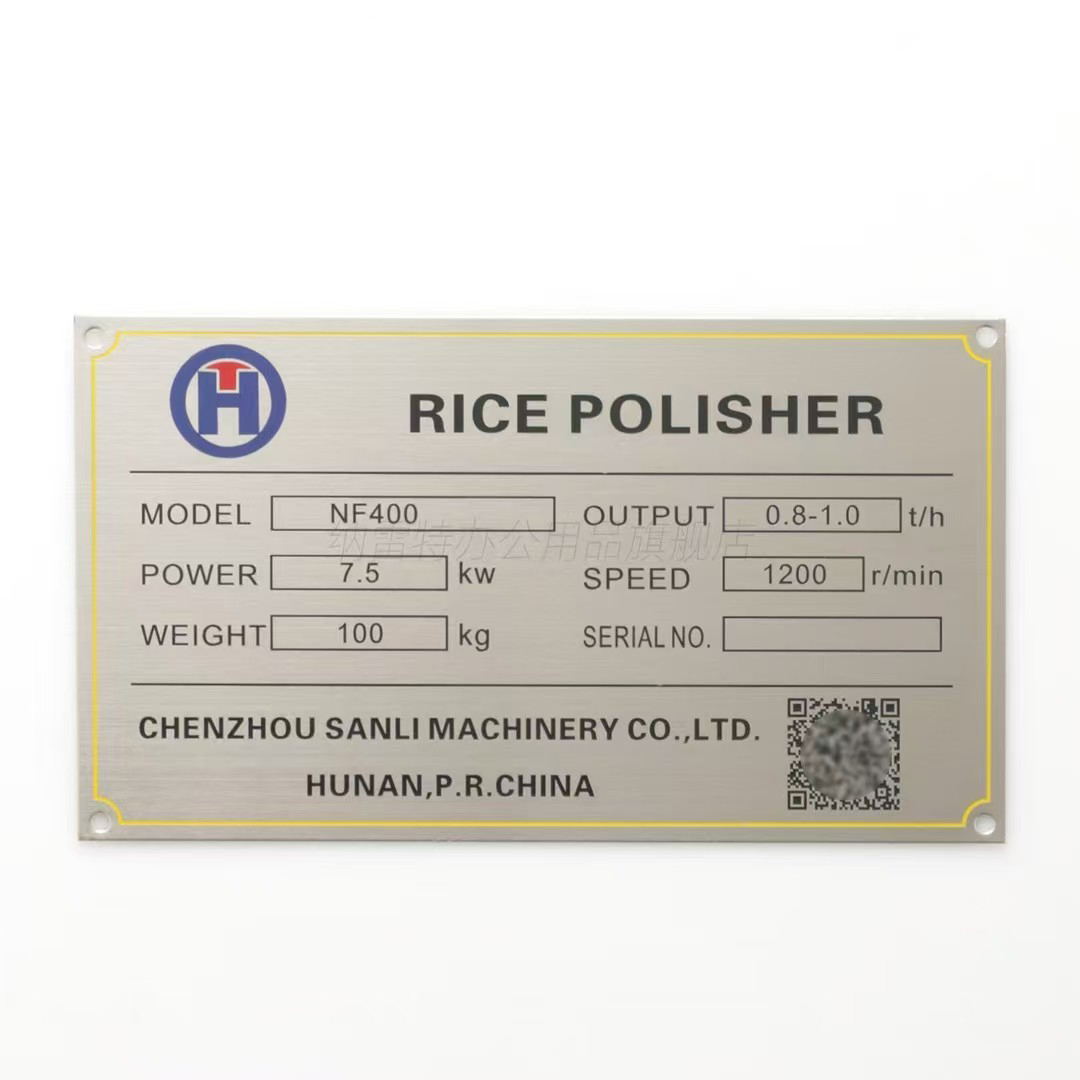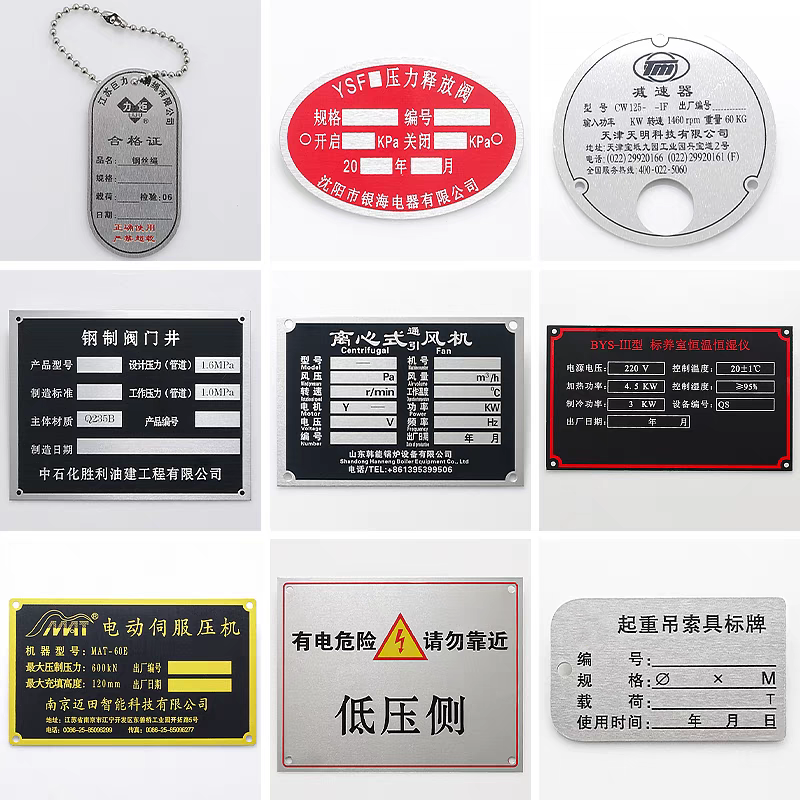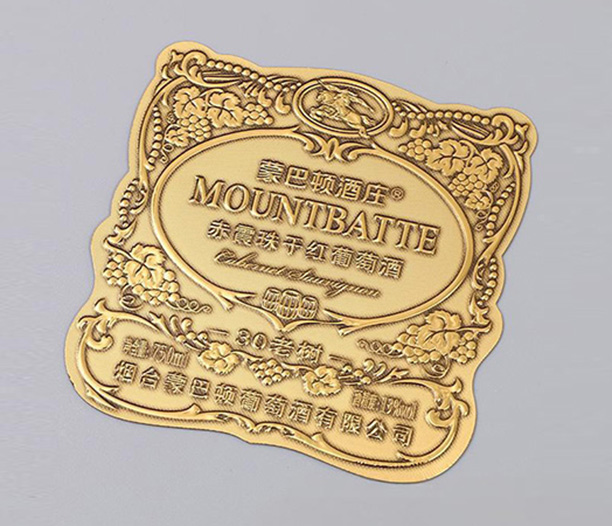Shellfish – oysters, clams, mussels, and scallops – are delicious and nutritious, but they are also highly perishable filter feeders. This means they can concentrate harmful bacteria, viruses, toxins, and pollutants from their surrounding waters. Consuming contaminated shellfish can lead to severe illnesses like norovirus, hepatitis A, Vibrio infections, or even paralytic shellfish poisoning (PSP). To protect public health and ensure swift action during outbreaks or contamination events, traceability is paramount. This vital link in the seafood safety chain is the shellstock identification tag. These tags are far more than paperwork; they are legally mandated tools carrying critical information that enables regulators to trace shellfish back to their source rapidly. Understanding precisely what shellstock identification tags on shellfish must include is fundamental for everyone involved in the supply chain, from harvesters and dealers to regulators and, ultimately, consumers. This guide details the mandatory components of these crucial tags, drawing from regulatory requirements like the FDA's National Shellfish Sanitation Program (NSSP) and Washington State's WAC 246-282 and RCW 69.30.

The Critical Role: Why Shellstock Identification Tags on Shellfish Must Include Specific Data
When a shellfish-related illness outbreak occurs, health authorities race against time to identify the source and prevent further cases. Accurate and complete shellstock identification tags on shellfish must include sufficient detail to allow this traceback. They enable regulators to:
Pinpoint the Harvest Location: Water quality classifications (Approved, Conditionally Approved, Restricted, Prohibited) are assigned to specific, defined areas. Tags must identify the exact location because contamination risks can vary significantly even within small geographic regions.
Identify the Responsible Party: Tags reveal who harvested or initially placed the shellfish into commerce, allowing investigation of their practices and facilitating recalls if necessary.
Determine the Harvest Date: Shellfish have a limited safe shelf life. The harvest date is the starting point for calculating "sell by" or "shuck by" dates and is critical for assessing risk during an outbreak.
Confirm the Species: Different species may have varying risk profiles or handling requirements.
Without tags containing this precise information, traceability collapses. This jeopardizes public health, potentially leading to widespread, unnecessary recalls that harm the entire industry, and undermines consumer confidence. Shellstock identification tags on shellfish must include the following five core elements to function effectively.
1. Licensed Dealer or Harvester Information: Establishing Accountability
The foundation of traceability is knowing who is responsible for the shellfish entering commerce. Therefore, **shellstock identification tags on shellfish must include** clear identification of the licensed entity. This means:
The Full Name and Address: The legal business name and physical address of the licensed harvester or dealer (often the "original certified dealer" or "primary dealer") who first places the shellfish into interstate commerce or receives them directly from the harvester. This entity is legally accountable for the product at this stage.
The Certification Number: The unique identifier assigned by the relevant regulatory authority (like the U.S. FDA via the NSSP or the Washington State Department of Health) to the licensed dealer or harvester. This number is crucial for regulators to instantly access license details and compliance history.
Contact Information: While sometimes implied through the name/address, including a clear phone number is often recommended or required to facilitate rapid communication during trace-back investigations.
Example Tag Section:
Certified Dealer: Pacific Northwest Shellfish Co.
456 Bayview Drive, Coastal Town, WA 98765
Certification #: WA-EFGH-5678
Ph: (360) 555-1234
This information ensures regulators can immediately contact the source to initiate corrective actions or recalls if a problem arises.
2. Precise Harvest Location: Pinpointing the Source
Arguably the most critical piece of information for managing shellfish safety risks is the exact location where the shellfish were harvested. **Shellstock identification tags on shellfish must include** sufficient detail to identify the precise harvest area. This involves:
The State or Country Designation: The state abbreviation (e.g., "WA", "OR", "CA") or country code where harvesting occurred.
The Specific Growing Area Designation: A unique identifier assigned by state authorities to a defined body of water. This is typically an alphanumeric code (e.g., "49-1", "PS-3", "OR-12") or a well-known geographic name officially recognized as a growing area (e.g., "Willapa Bay - North", "Hood Canal - Dabob Bay").
The Sub-Area or Bed Identifier (if applicable): Many larger growing areas are subdivided into smaller management units or specific beds (e.g., "Bed D", "Section B"). Including this level of detail is essential for maximum precision, especially if only a portion of a larger area is implicated in a closure or contamination event. Washington State regulations explicitly require the harvest location to include "WA".
Example Tag Section:
Harvest Area: WA 49-1-D
(Interpretation: Washington State, Growing Area 49, Sub-Area 1, Bed D)
This pinpoint accuracy allows regulators to:
Verify the area was open and classified as safe for harvesting on the given date.
Quickly close the specific source area if contamination is detected later.
Prevent unnecessarily broad recalls affecting safe shellfish from adjacent areas.

3. Accurate Harvest Date: Tracking Product Life & Enforcing Controls
Time is a critical factor in shellfish safety. Bacterial loads (especially *Vibrio parahaemolyticus*) can increase, natural toxins can accumulate or dissipate, and freshness declines. Therefore, **shellstock identification tags on shellfish must include** the exact date the shellfish were harvested. Key points:
Specific Single Date: The month, day, and year must be clearly stated (e.g., "HARVESTED: 10/15/2025"). Tags should reflect the harvest date for a single lot of shellfish harvested on one calendar day from one defined harvest area. Commingling product from different dates is prohibited.
Basis for Time/Temperature Controls: The harvest date is the starting point for calculating the maximum allowable time shellfish can be sold live ("sell by" date) or must be shucked ("shuck by" date), as defined by regulations. For example:
During May through September, Washington harvesters must comply with the Vibrio parahaemolyticus Control Plan (WAC 246-282-006), which often imposes strict time-to-refrigeration limits based on harvest time.
During October through April, controls align with the Time to Temperature requirements listed in the NSSP Model Ordinance, Chapter VIII.
Inventory Management & Outbreak Response: The date allows wholesalers, retailers, and food service operators to manage inventory based on freshness and regulatory time limits. Crucially, during an outbreak, it helps identify shellfish harvested during a potentially risky period.
Example Tag Section:
Date of Harvest: OCT 15 2025
4. Correct Shellfish Species Identification
Different shellfish species have varying characteristics, market names, potential risk profiles, and sometimes specific handling or labeling requirements. Therefore, **shellstock identification tags on shellfish must include** the common or usual name of the shellfish species. This ensures:
Accurate Consumer Information: Buyers and consumers know exactly what type of shellfish they are purchasing (e.g., Pacific Oyster, Eastern Oyster, Manila Clam, Mediterranean Mussel, Weathervane Scallop).
Regulatory Compliance: Some regulations or advisories may be species-specific.
Traceability Precision: Confirms the identity of the product throughout the supply chain.
Prevention of Mislabeling: Provides a verifiable record of the species at the point of harvest/dealer entry.
The species name should be the accepted common name, avoiding ambiguous terms like simply "oysters" or "clams" unless the tag clearly refers to a single-species lot and the context is unambiguous (though using the specific name is always best practice). Note: Only live shellfish in the shell require tags. Shucked shellfish and scallop adductor muscles do not.
Example Tag Section:
Species: PACIFIC OYSTER
(Crassostrea gigas)
5. Mandatory Certification Statements & Health Warning
To validate that the shellfish come from a source operating under a recognized safety program and to inform consumers, **shellstock identification tags on shellfish must include** specific statements mandated by regulatory bodies like the FDA's NSSP. These encompass:
The Mandatory Tag Retention Statement: A standardized phrase required by regulation. In the United States, under the NSSP, this statement is:
THIS TAG IS REQUIRED TO BE ATTACHED UNTIL CONTAINER IS EMPTY OR IS RETAGGED AND THEREAFTER KEPT ON FILE FOR 90 DAYS. RETAILERS: DATE WHEN LAST SHELLFISH FROM THIS CONTAINER SOLD OR SERVED (_________).
This emphasizes the legal obligation to keep the tag attached during transport and display until the container is emptied, and then to retain the tag records chronologically for at least 90 days (Washington State WAC 246-282 explicitly requires this). The retailer portion must be filled out upon emptying the container.
The Health Warning/Consumer Advisory Statement: A critical mandatory statement alerting consumers to potential risks:
CONSUMING RAW OR UNDERCOOKED MEATS, POULTRY, SEAFOOD, SHELLFISH, OR EGGS MAY INCREASE YOUR RISK OF FOODBORNE ILLNESS, ESPECIALLY IF YOU HAVE CERTAIN MEDICAL CONDITIONS.
(Often found on the back of the tag, as per Washington State requirements). Variations may include directing consumers to contact health departments.
"Keep Refrigerated" Statement: Explicitly stating "KEEP REFRIGERATED" or an equivalent statement is mandatory to emphasize the critical need for temperature control to prevent bacterial growth.
Dealer Certification Number: While listed under dealer information, its presence is reaffirmed as part of the official certification context.
Example Tag Section (Front & Back):
CERTIFICATION NO: WA-EFGH-5678
THIS TAG IS REQUIRED TO BE ATTACHED UNTIL CONTAINER IS EMPTY OR IS RETAGGED AND THEREAFTER KEPT ON FILE FOR 90 DAYS. RETAILERS: DATE WHEN LAST SHELLFISH FROM THIS CONTAINER SOLD OR SERVED (_________).
KEEP REFRIGERATED
[Back of Tag:]
CONSUMING RAW OR UNDERCOOKED MEATS, POULTRY, SEAFOOD, SHELLFISH, OR EGGS MAY INCREASE YOUR RISK OF FOODBORNE ILLNESS, ESPECIALLY IF YOU HAVE CERTAIN MEDICAL CONDITIONS.
For Bulk Shipments: A single bulk tag or transaction record must accompany the shipment and contain all the same information required for individual containers. Additionally, it must include the statement: "All shellstock containers in this lot have the same harvest date and area of harvest" along with the total number of individual containers in the bulk unit.

Beyond the Basics: Tag Integrity, Handling & Recordkeeping
Knowing **what shellstock identification tags on shellfish must include** is only part of compliance. The tags themselves and their handling are equally crucial:
Durability: Tags must be made of durable, waterproof, tamper-resistant material (like plastic or coated cardstock) that withstands cold, wet conditions without smudging, fading, or disintegrating.
Legibility: All information must be clear, easy to read, and permanent (e.g., heat-printed or applied with waterproof ink). Handwriting must be indelible and legible.
Secure Attachment: Tags must be physically attached to the container (e.g., bag, box, tote) in a way that they remain associated with the shellfish until the container is emptied at the final dealer or retailer. Tags cannot be loose or easily switched. Clean pallets must be used in transport vehicles without channeled floors.
Accuracy: The information on the tag must truthfully and accurately reflect the origin and handling of the specific shellfish it accompanies. Falsifying tags is a serious violation.
Tag Retention: As per the mandatory statement, the tags from emptied containers must be kept on file chronologically by the dealer who removed them for at least 90 days (often longer is recommended or required by state authorities, like Washington's 3-year recordkeeping requirement for harvest/sale records) to facilitate trace-back investigations.
Recordkeeping System: Licensed harvesters and dealers must maintain a bound book or equivalent secure system showing:
Harvest records (area, date, quantity, species).
Purchase records (seller name/cert number, quantity, species).
Sales records (buyer name, quantity by container size/date code, date of sale). These records must be retained for three years.
Consequences of Non-Compliance: More Than Just a Fine
Failure to ensure **shellstock identification tags on shellfish must include** all mandatory information, or failure to handle tags and maintain records correctly, carries significant and serious consequences:
Regulatory Enforcement Actions: Fines, license suspensions, or revocations for harvesters and dealers. Operations can be shut down.
Product Seizure and Destruction: Shipments found without proper tags or with inaccurate tags can be detained and destroyed at the owner's expense.
Increased Public Health Risk: Inadequate traceability significantly delays responses to outbreaks, potentially leading to more widespread illness and severe health outcomes.
Widespread & Costly Recalls: Lack of precise harvest location information often forces regulators to recall products from large geographic areas or multiple harvesters, harming responsible businesses unnecessarily and eroding market trust.
Loss of Consumer and Buyer Confidence: Repeated safety incidents or recalls linked to poor traceability damage the reputation of the entire shellfish industry.
Loss of Market Access: Buyers, especially large retailers, distributors, and restaurant chains, demand strict compliance with tagging regulations. Failure to meet these standards means lost business and contracts.
Shellstock identification tags on shellfish must include five non-negotiable elements: Licensed Dealer/Harvester identification, the Precise Harvest Location (including state), the Accurate Harvest Date, the Correct Shellfish Species, and Mandatory Certification/Health Statements. These components are the essential pillars of a robust, life-saving traceability system. They are not bureaucratic hurdles but critical tools enabling rapid response to contamination, ensuring shellfish originate from safe and legal sources, providing vital information to consumers and businesses, and underpinning the economic viability of the shellfish industry by maintaining market access and consumer trust.
From the harvester on the tideflat adhering to Vibrio control plans and washing shellfish free of mud, to the transporter maintaining clean, cold conveyances, the dealer meticulously attaching durable tags and keeping records for three years, the retailer dating the tag upon final sale, and the consumer heeding the health advisory – understanding and respecting what shellstock identification tags on shellfish must include is a shared responsibility fundamental to safety and sustainability. Compliance is a direct investment in public health and the future of shellfish as a safe, enjoyed food resource.







